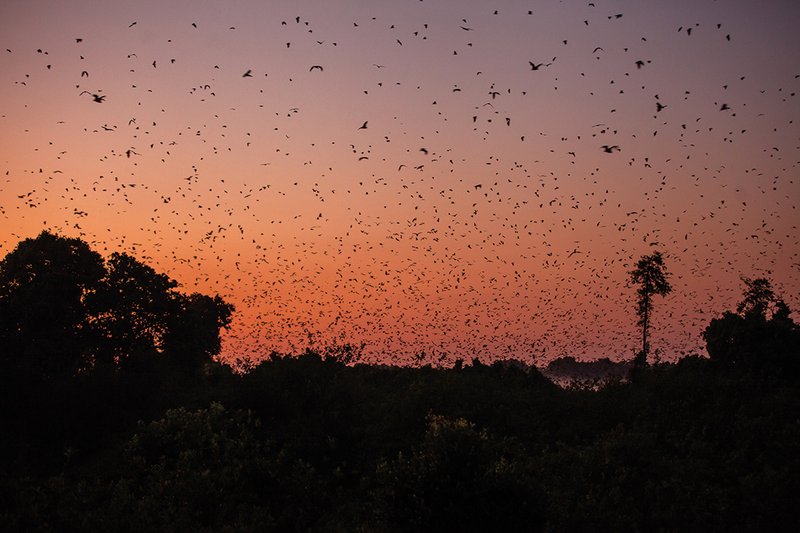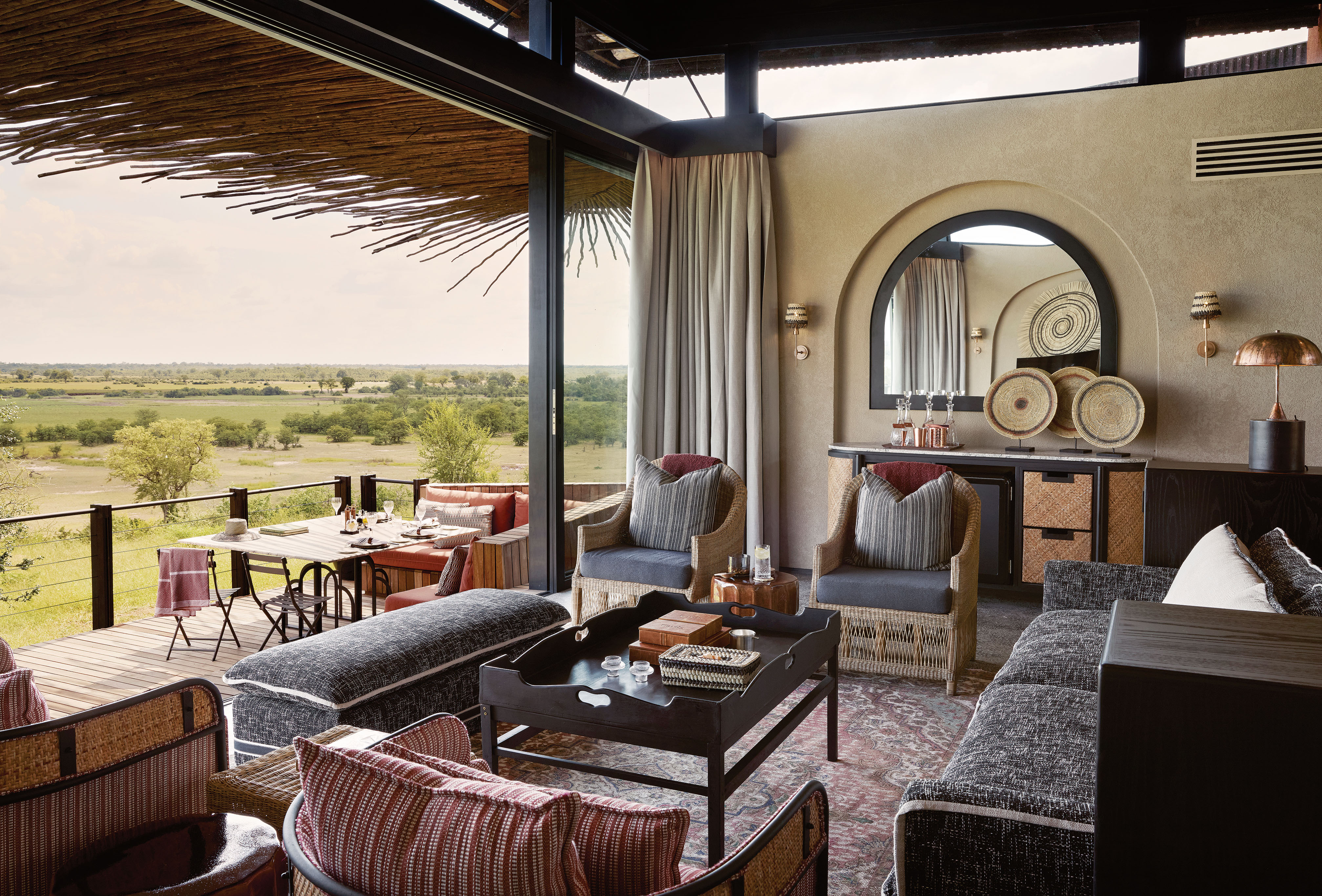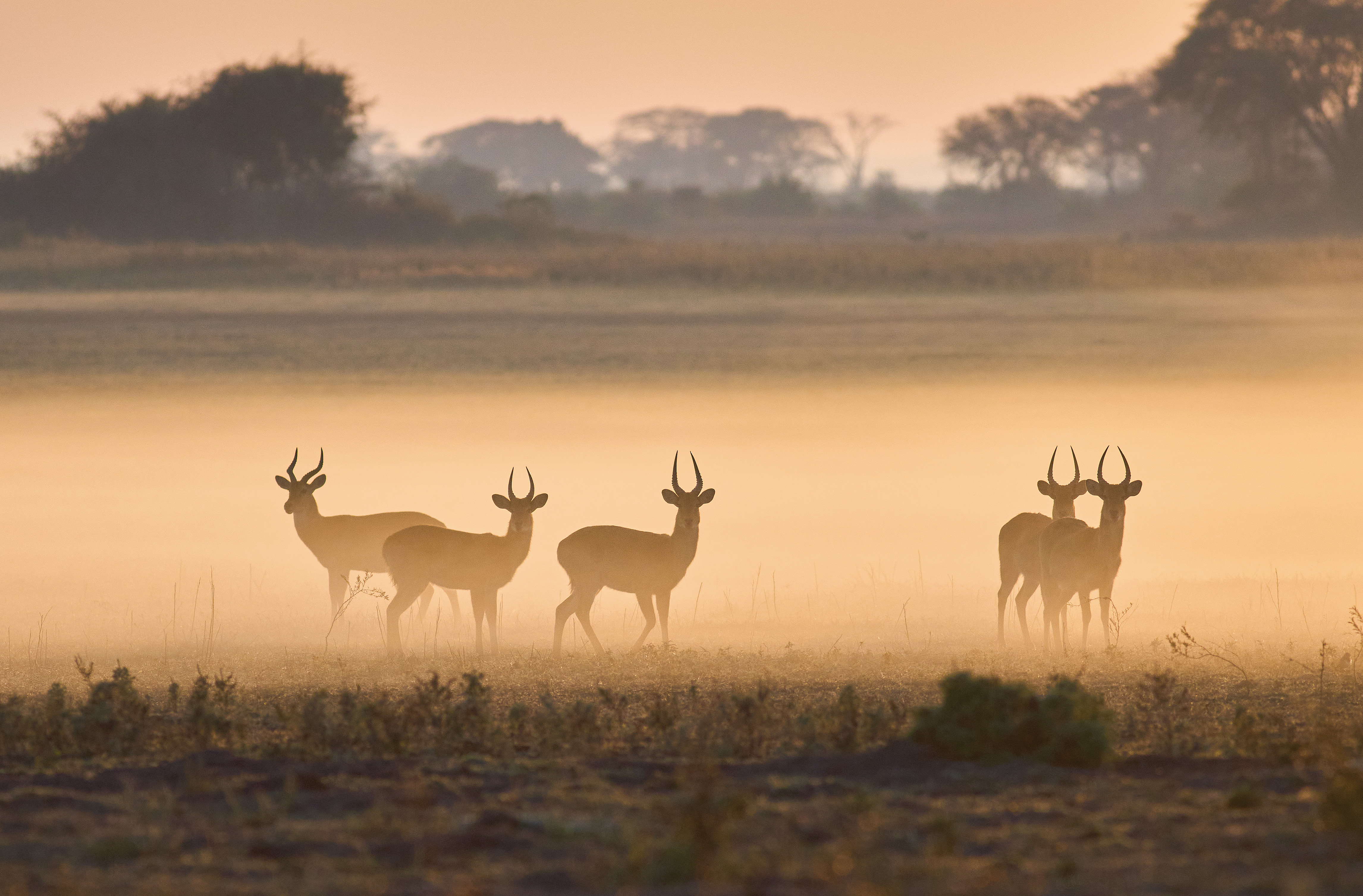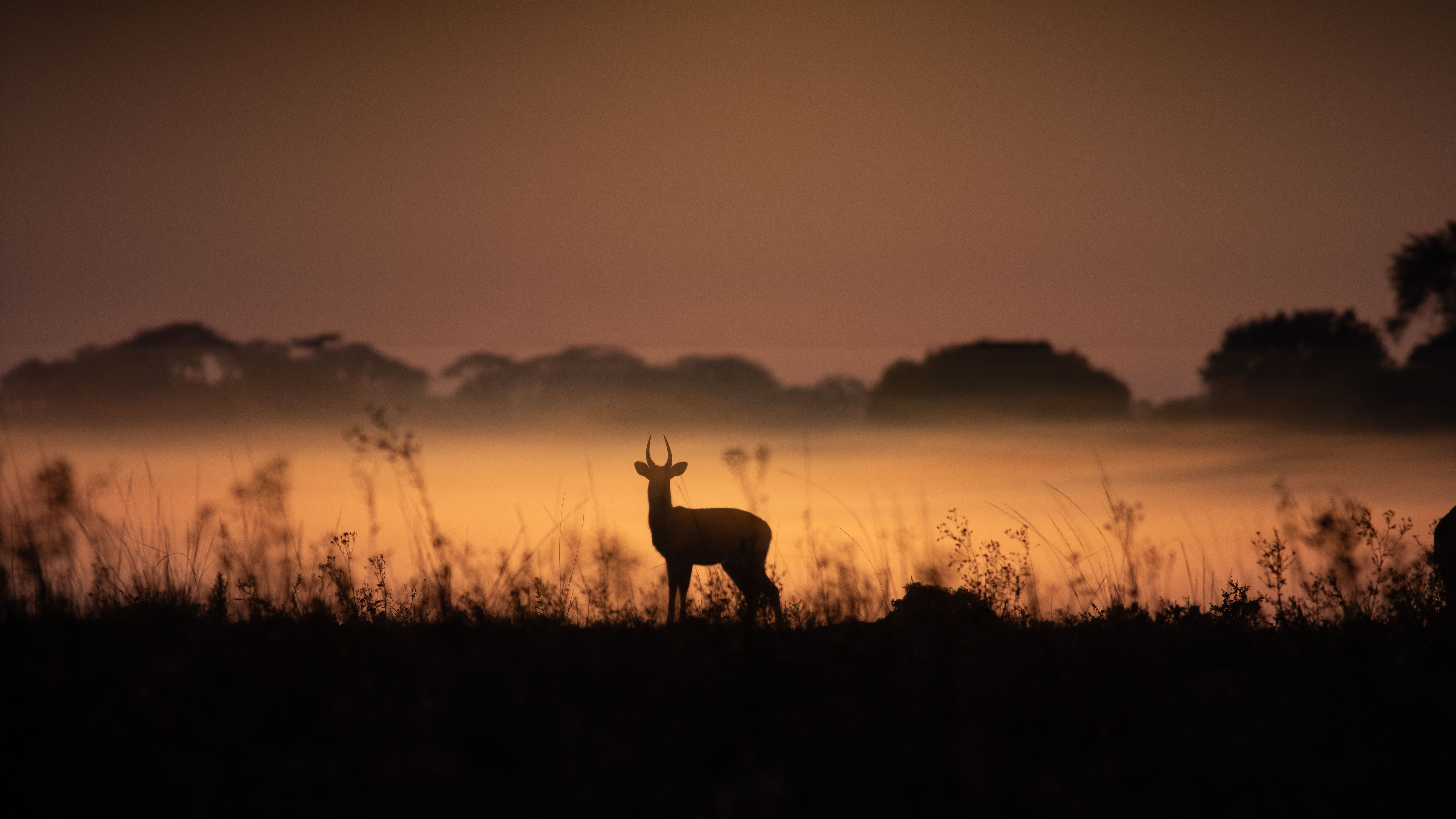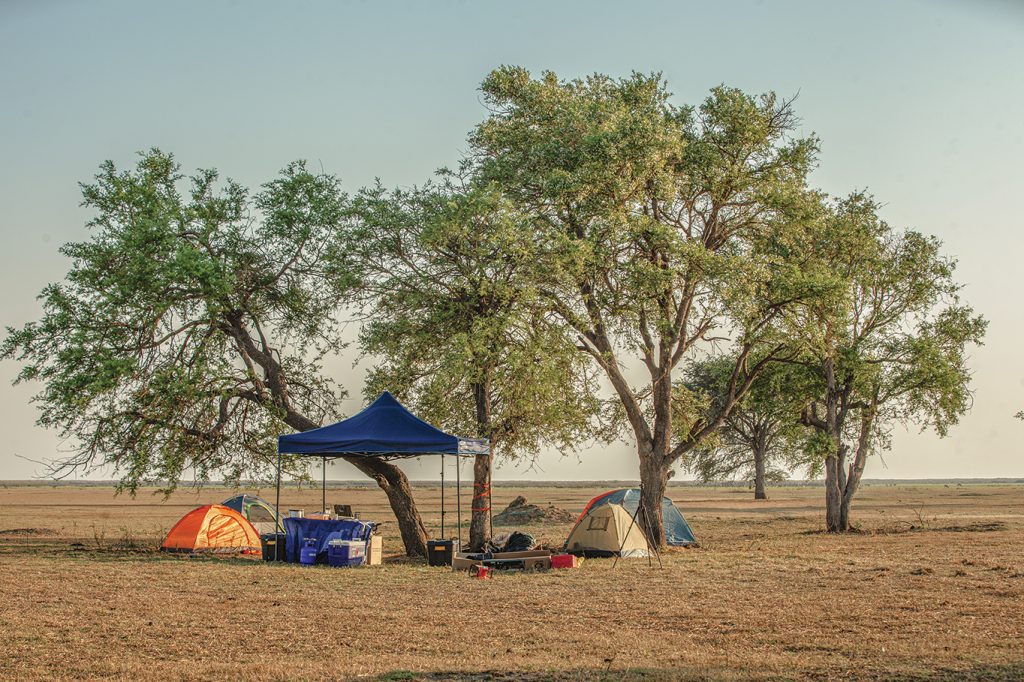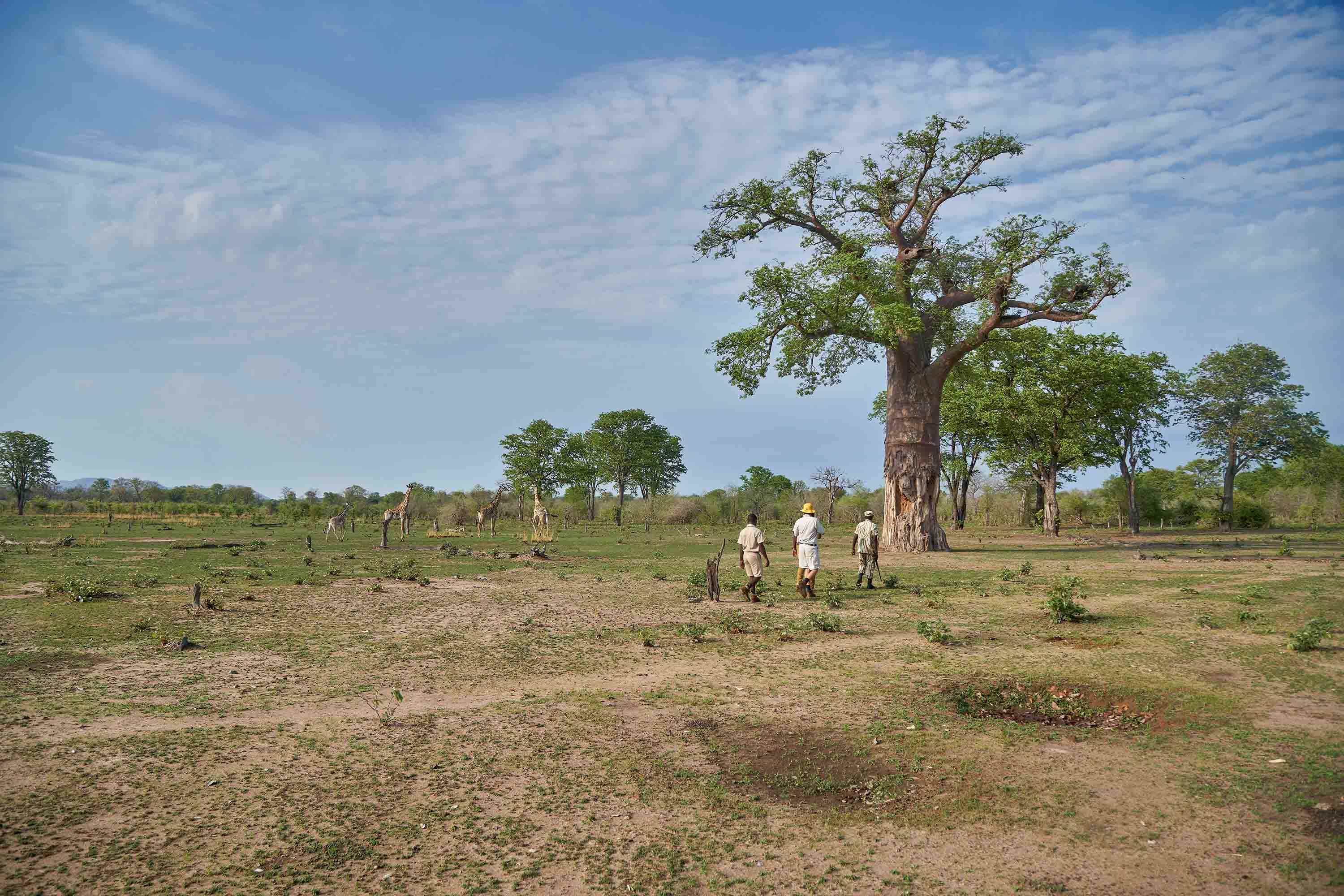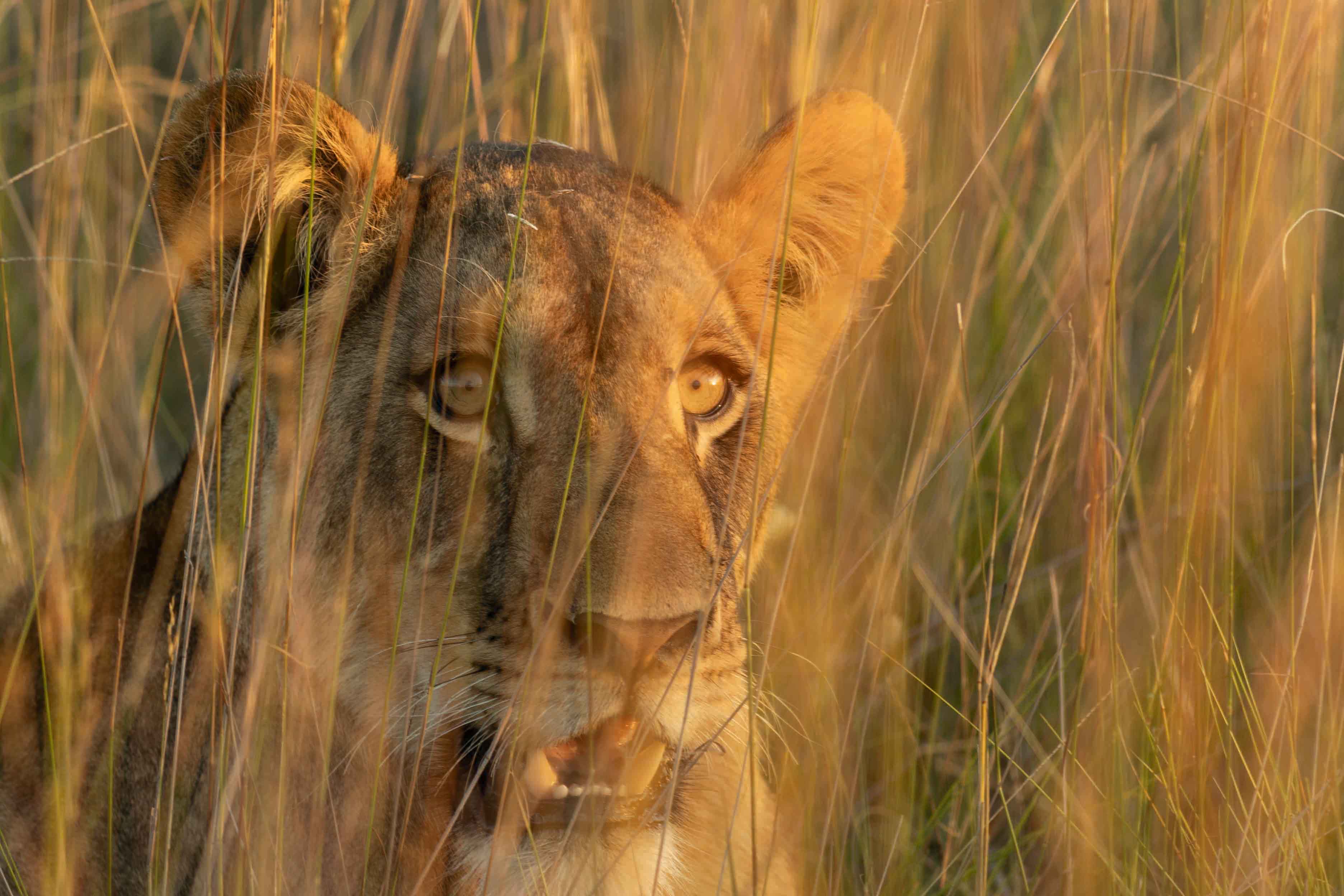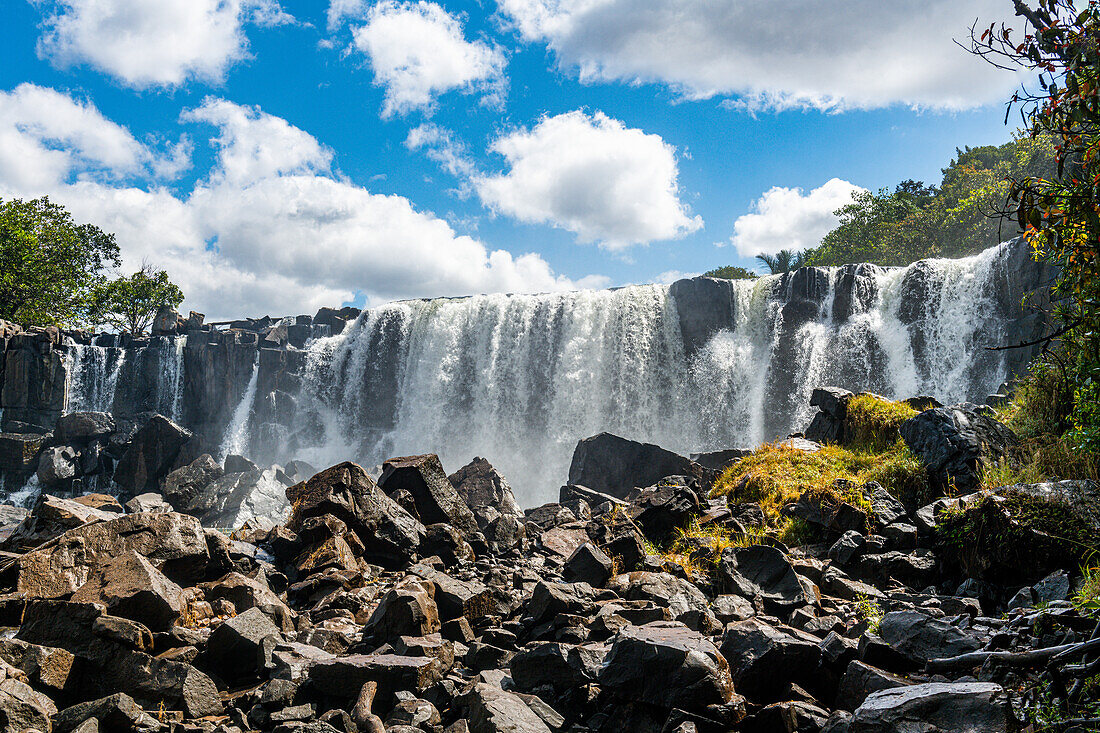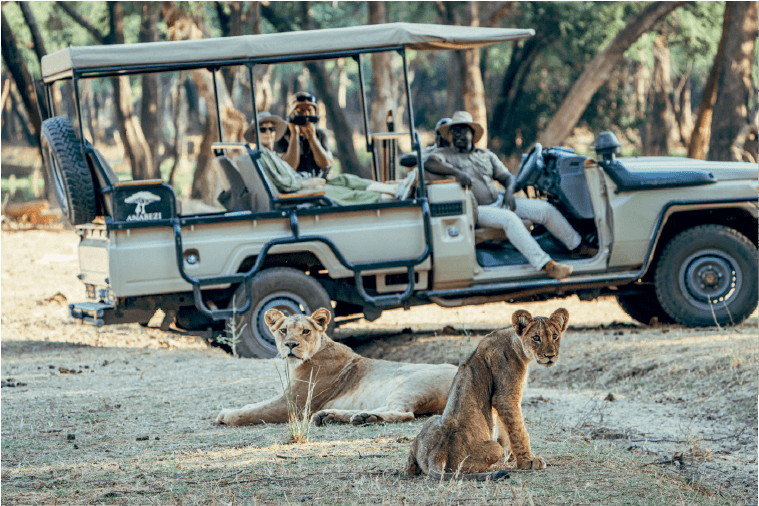Victoria Falls has captivated local and international tourists for decades. As one of the Seven Natural Wonders of the World, it remains Zambia’s most famous attraction. However, Zambia’s beauty lies in its abundance—look beyond Livingstone, and you’ll find holiday destinations and breathtaking sights in every corner of the country.
Kundalila Falls
Located near Kanona in Central Province, Kundalila Falls may be smaller than Victoria Falls, but it is no less mighty. This natural monument features a 70-metre cascade of clear water, plunging into a stunning natural botanical garden. It occurs where the Kaombe River tumbles over the Muchinga Escarpment.
Prepare to be soothed by the sound of white water rushing down, accompanied by the misty spray it kicks up. The landscape consists of rocky cliffs, moss-covered stones, and a breathtaking view of the emerald forests stretching across the Muchinga Escarpment—an untouched and uncrowded paradise.
Kundalila Falls is the perfect retreat for nature lovers and outdoor enthusiasts. It offers a campsite, hiking trails, scenic picnic spots, and the opportunity to swim in deep, clear natural pools.
The name “Kundalila” translates to "crying dove’ in Bemba. Legend has it that colonial explorers, convinced that doves in the area had ingested traces of gold dust, hunted them en masse in their quest for gold—giving the falls its evocative name.
For the most spectacular views and lushest greenery, visit during or just after the rainy season, from mid-November through April.
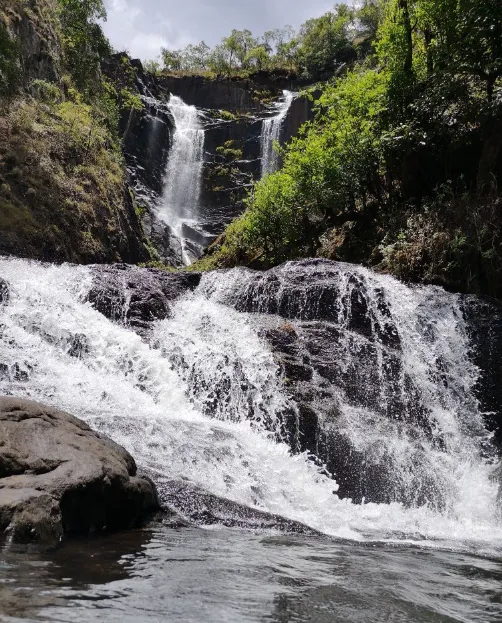
Kasanka National Park
Kundalila Falls is not the only wonder in the region. About 100 km northeast lies Chitambo District, home to Kasanka National Park.
The name “Kasanka” translates to “the place where animals gather” in Bemba, and it’s fitting—this park hosts the world’s largest mammal migration. From October to December, ten million fruit bats darken the skies, their black silhouettes enhancing the pinks and oranges of sunrise and sunset as they set out and return from their daily foraging.
A paradise for wildlife enthusiasts, Kasanka National Park spans 390 km² and is home to 473 bird species, offering some of the most unique and breathtaking bird sightings in the world. In addition to typical safari wildlife, visitors may be lucky enough to spot the rare blue monkey or the sitatunga, a semi-aquatic antelope.
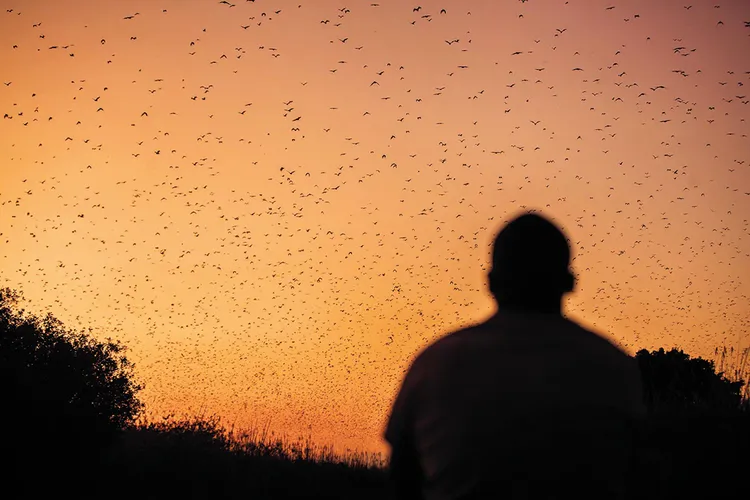
The park’s landscape consists mainly of woodlands and multiple forests, including the sacred Bufumu Forest, where the graves of chiefs are located. It is also home to Zambia’s tallest indigenous tree, an imposing 65-metre Mofu tree. Its massive, intricate grey trunk supports a leafy green canopy, providing shelter to wildlife and producing round green fruit.
Kasanka has something for everyone, from serene birdwatching to exhilarating adventure. Explore the wildlife through walking safaris, game drives, or even cycling. Get your feet wet with fishing, canoeing, kayaking, or motorboating on the river.
The best time to visit depends on your interests. To witness the bat migration, plan your trip between October and December. Birdwatchers will find the wet season (November to March) most rewarding, as migratory birds arrive from the north. For uninterrupted game viewing, the dry season (May to October) is ideal.
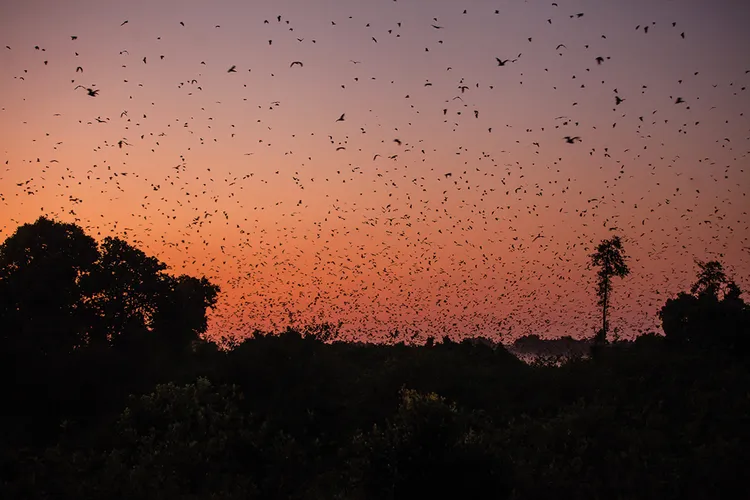
Lake Tanganyika
In the Northern Province lies a marvel Zambia shares with several of its neighbours—but that does not diminish its splendour. Spanning an impressive 32,900 km², Lake Tanganyika is the world's longest freshwater lake and the second deepest.
Its waters are unlike any other in Zambia—crystal-clear blue as if plucked from an island paradise and dropped within our landlocked borders. The seemingly endless expanse of water is framed by dramatic hills and mountains, creating a scene that is as breathtaking as it is tranquil.
Beyond its beauty, the lake offers a variety of activities. Visitors can dive and snorkel among brightly coloured tropical fish, hike the surrounding hills, or enjoy fishing. Swimmers and divers can experience the lake’s salt-free waters, which shift between perfect stillness and high waves.
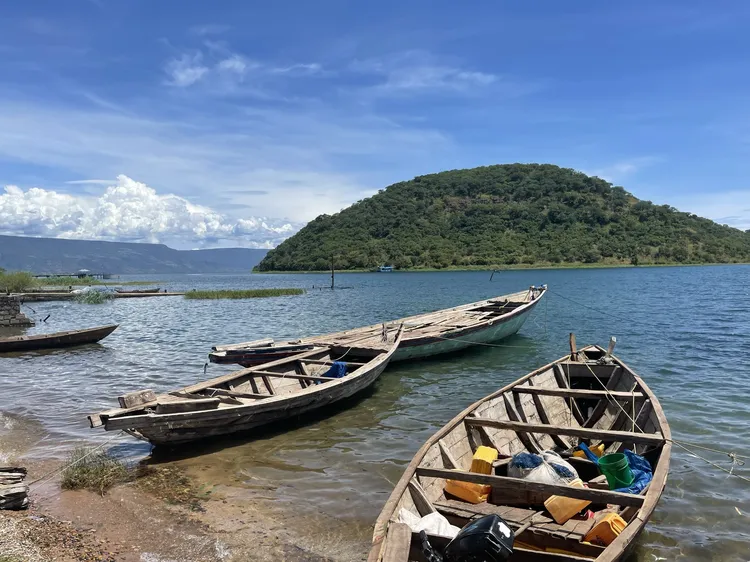
Lake Tanganyika is not just a place of beauty—it is one of the most biologically unique habitats on the planet. Many of its crab and fish species exist nowhere else in the world. Visitors might also encounter creatures that are not officially documented but are deeply woven into local folklore. Keep an eye out for Gustave, the legendary giant crocodile, or pay your respects at the shrine of Kapembwa, whom the Lungu people revere as the lake’s deity. And who knows? You might even glimpse an African mermaid.
Before heading north, keep conservation laws in mind—fishing is prohibited from December to February. For those looking to dive and snorkel, the dry season (June to October) offers the clearest waters for exploration.
Zambia’s natural beauty stretches far beyond its pools. From the cascades of Kundalila Falls to the nature lovers paradise of Kasanka National Park to the bottled blue of Lake Tanganyika, Zambia offers a wealth of breathtaking landscapes and unique experiences. So, the next time you plan a getaway, look beyond the obvious—you might just discover a new favourite place.
